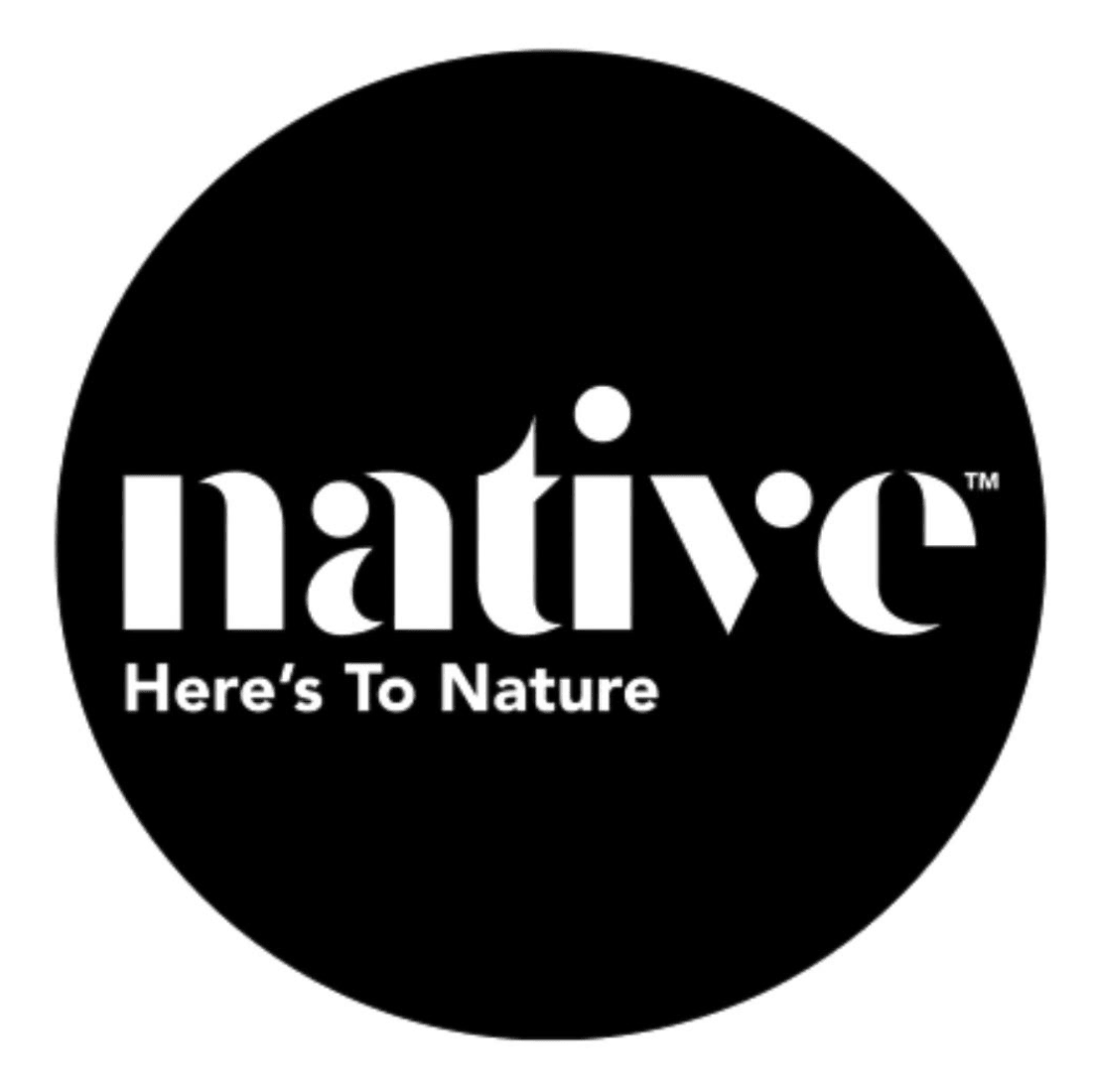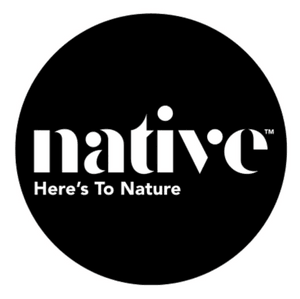Summer read: The last surviving kaitiaki of the tino rangatiratanga flag, Linda Munn (Ngāi Pōtiki, Ngāpuhi) wants people to ask first before capitalising on its symbolic imagery.
First published February 6, 2022
With the striking red and black background and bold white koru in the centre, the tino rangatiratanga flag is unmissable. It’s become a well-known symbol of colonial resistance since its creation in 1990. Whether it’s flying at Waitangi, or in the face of Richard Seddon on the streets of Paremata, the tino flag stands tall as a visual reminder of the failed promises of the Treaty.
In the Māori text of Te Tiriti o Waitangi, recognised by the United Nations Declaration on the Rights of Indigenous Peoples as having legal precedence over the English text, Māori specified that they would retain tino rangatiranga (self-determination, sovereignty, autonomy, self-government, rule, control and power) over whenua, kāinga and taonga.
This obviously didn’t happen, so the struggle for tino rangatiranga continues and the flag’s relevance remains. Arguably, it’s more visible now than ever, with a new generation of activists embracing the symbol and flying it proudly.
Sadly, as its popularity has increased, so too has appropriation of it. In recent times, fringe activist groups have co-opted the tino flag for protests unrelated to kaupapa Māori. Flags are also being mass produced for profit, on the likes of AliExpress for $11.
Linda Munn, one of the original three designers of the flag, and the last living kaitiaki, wants the original kaupapa of the flag to be upheld.
“The main thing is for our people to feel like they’re unified. This is their flag, but don’t go and rip it off — still ask.”
A symbol of liberation and identity
The flag was born out of a design competition run by Te Kawariki, a collective of activists in the Far North in 1989. They wanted to create a national Māori flag to fly at Waitangi the following year for the 150th anniversary of the signing of Te Tiriti o Waitangi.
As the story goes, the design for the flag was drawn up by Hiraina Marsden on a napkin in a wharekai. It was later used as a basis for 10 flags of the same design that were sewn by hand by Linda Munn and Jan Dobson, supported by many others. Linda Munn emphasises the flag is the result of a group initiative, acknowledging the influence of Hilda and Hone Harawira within the Te Kawariki collective.
An official poster of the flag, printed by Te Kawariki, explains what the different elements represent. Munn attributes elder Poua Erstich for setting the kaupapa and tikanga of the flag:
The black represents Te Kore, the realm of potential being. It is the long darkness, from whence the world emerged: the formless, passive, the male element. The white represents Te Ao Mārama, the realm of being, the physical world. The koru represents the unfurling of new life: a promise of hope for the future. The red represents Te Whai Ao, the realm of coming into being, Papatūānuku, Earth Mother, sustainer of all living things. Red is the colour of the earth from which the first human was made.
“It was meant to take away from the colonised flag, the New Zealand flag. The main point about designing something that is uniquely Māori, is that it’s for Māori and represents Māori,” says Munn.
Some of the kaupapa set by Te Kawariki included that it must never be worn on someone’s behind, that the dimensions can’t be changed, and it must be used to support kaupapa Māori, not for personal gain. The original artists also wanted any royalties to go towards setting up an arts wānanga in Ngāpuhi.
As the last surviving kaitiaki of the flag, Munn says she appreciates it when people approach her first and explain their kaupapa.
“There is a process, it’s not a huge one, I don’t make people jump through hoops. The key thing is that they have to give back. They have to pay it forward.
“Give back to your marae, you kōhanga reo, your community. If you’re working with homeless people, make some money, feed them, house them. It has to be going back into the community.”
In service of the collective
Alongside her work to protect the mana of the tino flag, Munn is dedicated to helping rangatahi and wāhine Māori.
She’s a mother, grandmother, daughter, sister, niece, and long-serving member of Te Rōpū Wāhine Māori Toko i te Ora (Māori Women’s Refuge).
“It’s something I’ve been involved with since I was kid,” she says, which put simply is about “keeping our women safe and alive”.
“Last year and in 2020, we lost some girls that I was personally working with, they were killed, and that really knocked us around. It really hurts us when our girls… get taken.”
This is the stark reality of the negative impacts of colonisation that Munn works tirelessly against. Beyond that, she also sits on hapū trusts that support rangatahi through education by finding them places in kura kaupapa, and getting them out of “mainstream bullshit”.
“If there’s a need, there needs to be something there to help them. Who better to help them than our own people? To help them know that there’s another way to learn.. to come back to the marae and learn wānanga space, not classroom-colonised.”
Mahi toi as healing
Munn’s mahi has always been about wāhine, she says. This extends to her down time – she’s an avid painter, and says it helps clear her mind. She is currently preparing works for an upcoming exhibition she’s curating alongside Robyn Kahukiwa and Tracy Tāwhiao. The exhibition ‘Wāhine Māori – The art of resistance’ features the works of 12 Māori women who have opposed colonisation and the impact on their culture, their history, their language and belief systems.
From her garage studio, she has poured onto canvas her own whānau mamae caused by colonisation in the form of the work, Hineteiwaiwa.
“My grandmother died as a result of poor care in a hospital following childbirth, after being beaten up by my grandfather [causing her] to go into early labour. She haemorrhaged to death in Kawakawa hospital in a hallway.
“So this is acknowledging her and all our other wāhine who haven’t been looked after properly in a health service.”
Her other piece is about stories her grandmothers would tell, transmitting whakapapa, which she says is at the heart of her work. “It’s just me painting memories. That’s all art is. It’s a visual tool. It’s like when you’re in the marae or wharepuni, and you look at the carvings, you’re able to relate whakapapa.”
Read more about the history of the flag here.
The exhibition Wāhine Māori – The Art of Resistance opens on the 13 March at Northart Gallery, Auckland.
Follow The Spinoff’s te ao Māori podcast Nē? on Apple Podcasts, Spotify or your favourite podcast provider.


